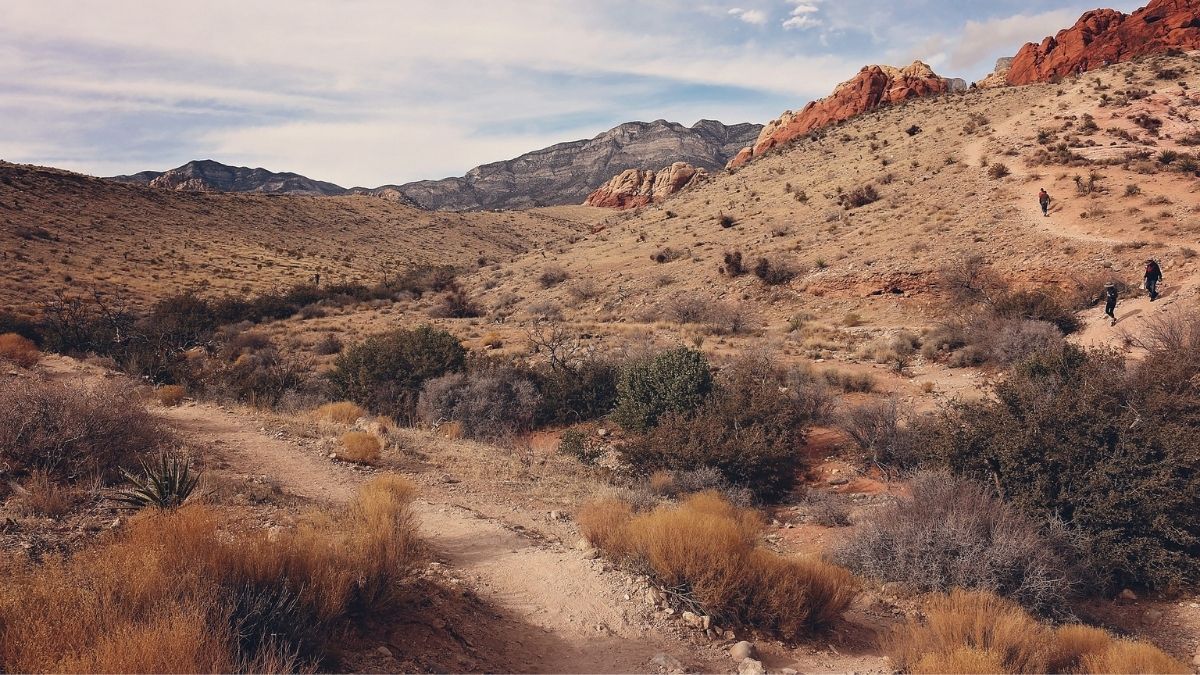When you first see the Lanai Petroglyphs, you may be wondering why they are so special. After all, they are just rocks with designs on them. But when you learn about their history and what they represent, you will understand why they are worth visiting.
The Lanai Petroglyphs are believed to date back to the 14th century. They were created by the early Hawaiians who lived on the island of Lanai. The petroglyphs were carved into lava rocks using tools made of stone or bone.
The Lanai Petroglyphs are some of the most fascinating and unique historical sites in Hawaii. Dating back to around 1200 AD, these carvings offer a rare glimpse into the culture and beliefs of the ancient Hawaiian people. There are several different theories about why the petroglyphs were created, but one popular theory is that they were used as a form of communication.
The carvings depict various animals, humans, and geometric shapes, which may have been used to tell stories or convey messages between different groups. Whatever their original purpose, the Lanai Petroglyphs are now a treasured part of Hawaii’s history. Visitors can see the petroglyphs up close by taking a short hike from Lana’i City.
The hike is fairly easy and takes about 45 minutes round-trip.
 How Can I Get to the Lanai Petroglyphs
How Can I Get to the Lanai Petroglyphs
There are several ways to get to the Lanai Petroglyphs, but the most common is by hiking. The hike to the petroglyphs is about 3 miles round trip and takes about 1-2 hours. There is no shade on the trail, so be sure to wear sunscreen and a hat.
Bring plenty of water, as there are no sources of water along the way. The trail starts at an old jeep road near Polihua Beach on Lanai’s north shore. From here, the trail climbs up a gentle hill before descending into a dry gulch.
After crossing the gulch, the trail then climbs up another hill before leveling off. The last 0.5 miles of the trail follow an old fence line before reaching the petroglyph site. At the petroglyph site, there are several large boulders covered with carvings.
These carvings were made by ancient Hawaiians and depict various images such as humans, animals, canoes, and geometric shapes. Take your time exploring all of the different carvings at this unique archaeological site.
What is the Best Time of Day to Visit the Petroglyphs
The best time of day to visit the petroglyphs is in the morning when the sun is just starting to rise. The light is soft and gentle at this time of day, and it casts a beautiful glow on the rocks. The shadows are also shorter at this time of day, so you can see the petroglyphs more clearly.
Are There Any Restrictions on Visiting the Petroglyphs
Yes, there are restrictions on visiting the petroglyphs. The site is located on private land and permission must be obtained from the landowners before visiting. Additionally, the Bureau of Land Management (BLM) requires that people obtain a permit before entering the area to help protect the petroglyphs.
 What Should I Bring With Me When I Visit the Petroglyphs
What Should I Bring With Me When I Visit the Petroglyphs
When you visit the petroglyphs, there are a few things you should bring with you.
First, it is important to have plenty of water. The desert can be very hot and dry, so you need to make sure you stay hydrated.
Second, wear sunscreen and a hat to protect yourself from the sun. Third, wear comfortable shoes as you will be doing a lot of walking.
Finally, bring a camera to capture the incredible views.
How Long Should I Plan to Spend at the Petroglyphs
Assuming you would like to learn about the history and see the petroglyphs up close, I would recommend giving yourself at least 1-2 hours. If you are hiking to see the petroglyphs, give yourself enough time to complete the hike without feeling rushed. The best time of day to visit is in the morning or evening when it is cooler.
It can get very hot in the middle of the day, making it uncomfortable to be outside for long periods of time. There is no shade at the site, so make sure to wear sunscreen and bring a hat or sunglasses. There is a trail that leads from the parking lot to the main concentration of petroglyphs, which is about 0.3 miles one way.
The trail is wide and well-marked, but there are some areas with loose gravel so watch your step. Along the way, you’ll pass several interpretive panels with information about both pre-historic and more recent Native American cultures in this area. When you reach the main concentration of petroglyphs, take your time walking around and examining them up close.
Some of them are high up on the rock face while others are closer to ground level – many of them have been worn down over time so they can be difficult to see. Take photos if you like, but please don’t touch or climb on any of the rocks as this can damage them further. There are also several other interesting things to see nearby, including an old Pony Express station and some abandoned mineshafts from the early 1900s.
If you’re interested in seeing these as well, plan on spending another hour or so at this site.
Shipwreck Beach Lanai
Lanai is an island in Hawaii that is home to Shipwreck Beach. This beach is known for its dramatic cliffs, crystal-clear water, and white sand beaches. Visitors can find a variety of activities to do on the island, including swimming, sunbathing, fishing, and hiking.
There are also a number of restaurants and shops available on Lanai.
Conclusion
In Hawaii, the Lanai Petroglyphs are a must-see. Carved into lava rocks by the ancient Hawaiians, these petroglyphs provide a glimpse into the culture and history of the Hawaiian people. The Lanai Petroglyphs are located on the island of Lanai and can be reached by taking a short hike from the town of Lanai City.
The petroglyphs are carved into boulders and rocks throughout the area and depict various scenes from Hawaiian life. Some of the most popular petroglyphs at the site include images of animals, humans, canoes, and boats. Other carvings depict geometric shapes and patterns.
Many of the petroglyphs have been worn down over time, but they still offer a fascinating look into Hawaiian culture.




